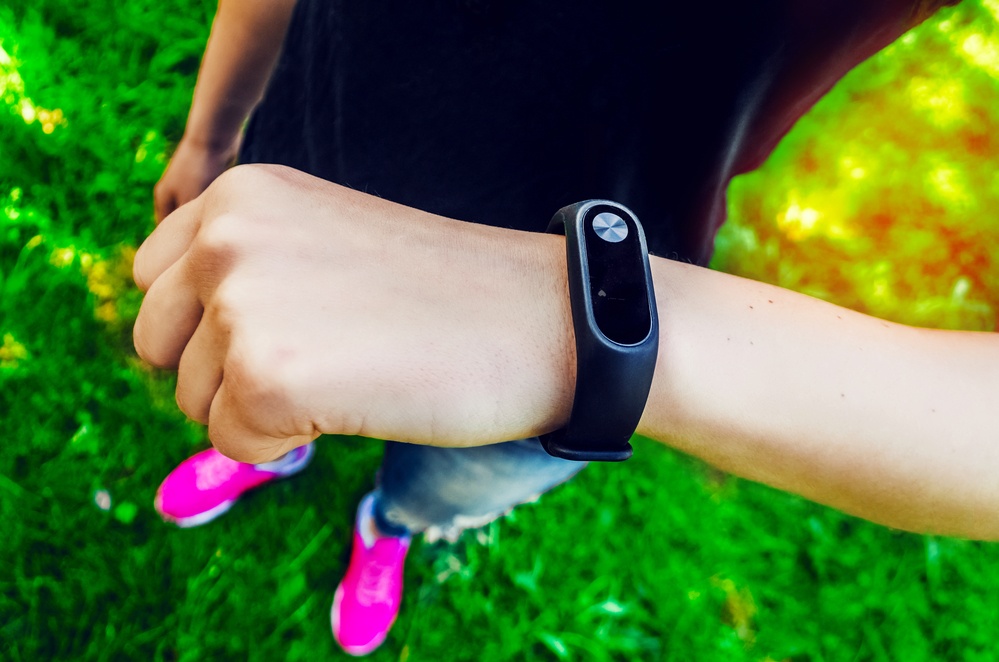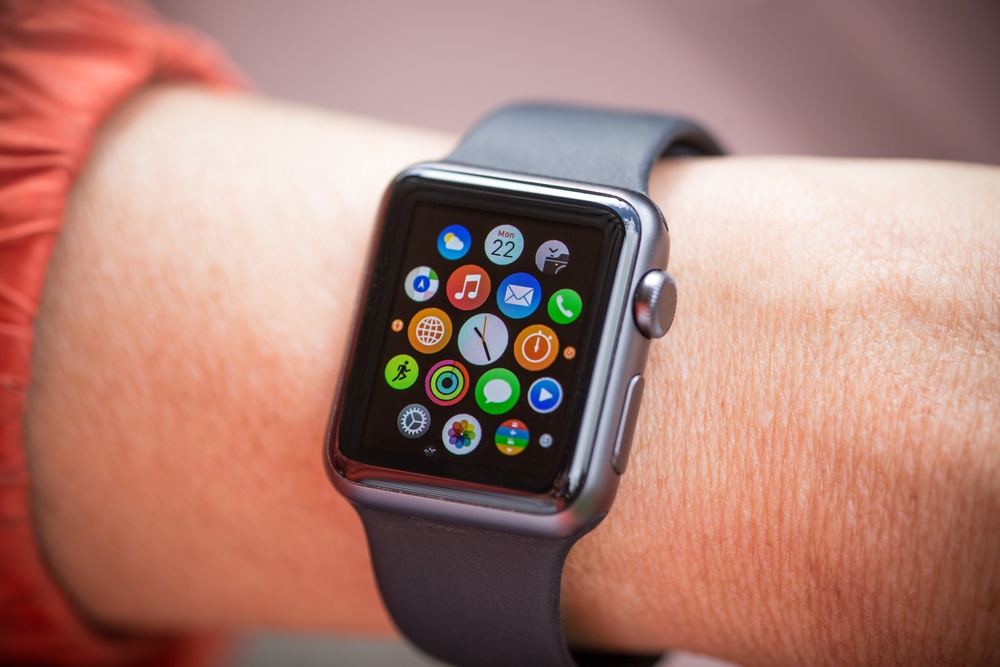The Fitness Tracker principle for your business health - Part II
*This article was updated in September 2022 to make sure all data was relevant and up to date.
Marginal gains - Are they all their cracked up to be?
In my previous article, I explained closed and open loop thinking and how they relate to an MIS and, strangely enough, owning a Fitbit. I explained how a Fitbit lets you analyse your performance in real-time. But what do you do with that constant feedback?
Dave Brailsford, former Performance Director at British Cycling, is a huge believer in marginal gains. His overall goals for his team were to win the Tour de France and win medals in track cycling at the Olympics. He achieved both, and a lot quicker than he was targeted too. He believed that if his team thought about every element of being successful in cycling and improved each of those by 1% then they would significantly improve performance – he wasn’t wrong.
He created strategies for every element that would affect performance – minimising dust accumulating in the team truck, bringing in a sleep coach to ensure good sleep quality by taking their own mattresses on tour. Each cyclist was taught how to properly wash their hands by a surgeon, they even banned shaking hands at the Olympics to avoid illnesses. All these changes in isolation are small but together made a huge difference. His squad won track cycling medals at Beijing and London and have now won Tour de France numerous times.

A business can work in the same way. If a business is wanting to improve efficiencies, then this is a great way to do it. Create a dashboard or regular report like the Fitbit dashboard that shows all your KPI’s. Create them for each department or even specific staff member. For example, daily dashboards for your sales team, showing how many calls they need to make, emails to send, and jobs to convert to hit target. Even how many deals they need to lose to win their targeted quota. That will be useful for them – especially if there is a motivation/reward if they do hit target.
With a shop floor operator, set targets such as reducing wastage or increasing speed of production. If we have 6 shop floor workers and each can improve their production time by 2 minutes a day, that equals 12 minutes a day, an hour a week, which will equal about 6 working days a year. You can use the shared information to create marginal gains for individuals which will then contribute to the businesses overall goals – the data and analysis is available through your MIS.
Why are Fitbits so popular?
Why do so many people use them? It’s because they are personalized to each user. They break our goals into smaller parts to work at, and give us a continuous open loop. If we do that for fitness, why can’t it be done for business? Overall business goals can sometimes seem like huge tasks and out of reach to workers who aren’t involved in the executive meetings and plans, but when broken down and given to individual members of the team, they seem more manageable and achievable.

Every department in the business can be helped in this way. For example, Accounts can aim to reduce invoice time. Some businesses have a huge gap between job completion and invoicing, which will affect cashflow. Getting your invoices out quickly will make a big difference, what marginal gains can you do to improve this? Email them instead of posting them? Everything has consequences - making sure invoices are correct will reduce enquires/corrections meaning you’re more likely to be paid on time. These are all things your MIS can help with, improving the accuracy and speed of things, and overall making your business more efficient.
Giving people the right tools and the right data is crucial. Improvements can be made based on accurate data. I don’t believe there is any department in a business where goals can’t be broken down into marginal gains and where you can provide an open-loop to feedback on performance and potential improvements. Using Business Intelligence and different features in our MIS software, you can pick up on, what may seem like, small changes that will make a huge difference to efficiencies.
The reason d’etre of an MIS is just that, Management Information and this can be the key to your open loop feed to drive success. It’s more than just an estimating tool, or scheduling board, or means to create a job ticket or invoice. Identify your business goals, work-out what you need to measure to see if you’re achieving them such as sales, customer service, financial and production KPI’s.
Investigate where things are going wrong and why, not to apportion blame but to see what we can learn from them. Maybe even talk to other printers or businesses to share experiences and what each of you have learnt and are doing. And then identify the small steps you can make to reach your goals. It’s likely your MIS will already give you a lot of this information, but if you can’t access it, talk to your MIS partner and see how you can get it.
Here at Tharstern, we provide a comprehensive library of reports and standard KPI dashboards to help our customers. Our Business Intelligence feature gives businesses a new way to consume MIS information, develop custom dashboards and create actionable analytics.
So just like a Fitbit can improve your personal wellbeing; Just like open loop thinking can make airlines safer and more efficient; Just like marginal gains can lead Team Sky to victory, an MIS used correctly can do the same for your business.
Share this
You May Also Like
These Related Stories

Smash your MIS Implementation Project by Creating Stretch and Smart Goals

The Fitness tracker principle for your business health
